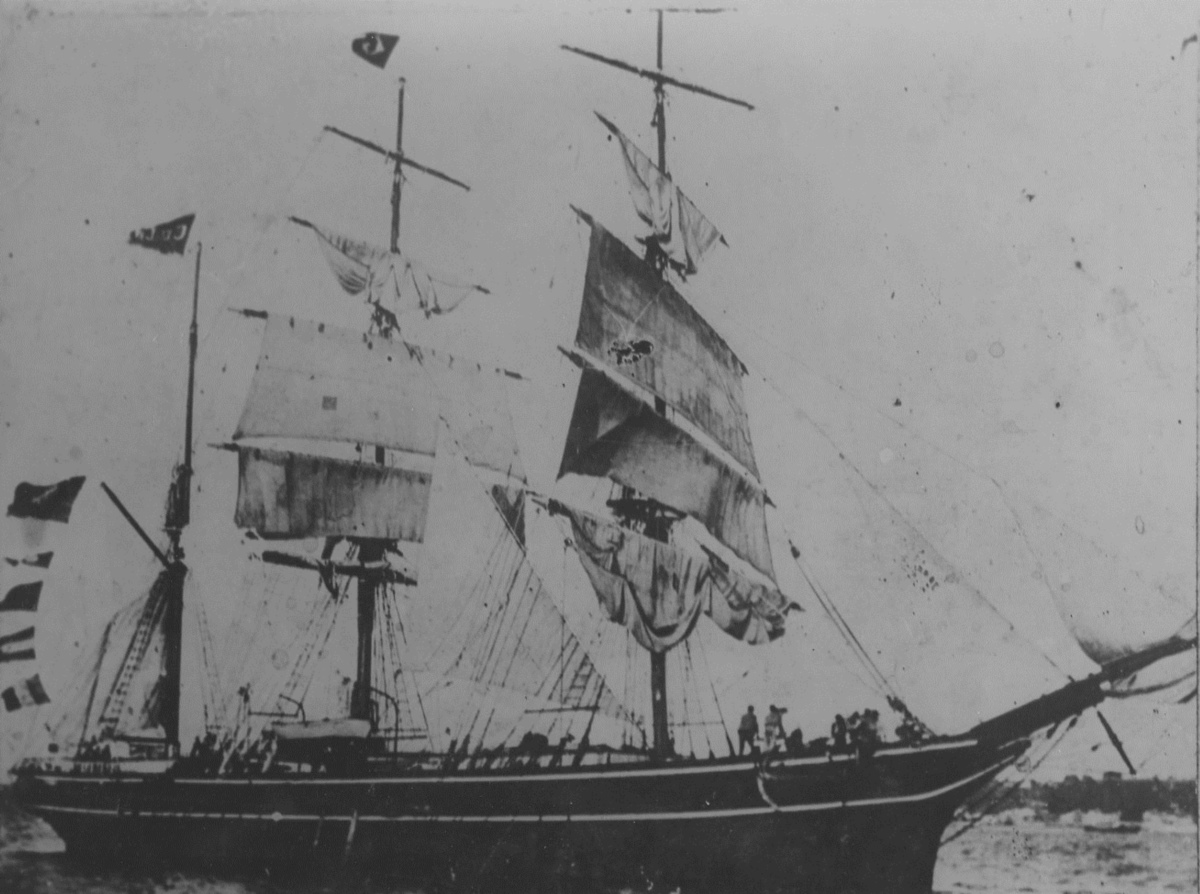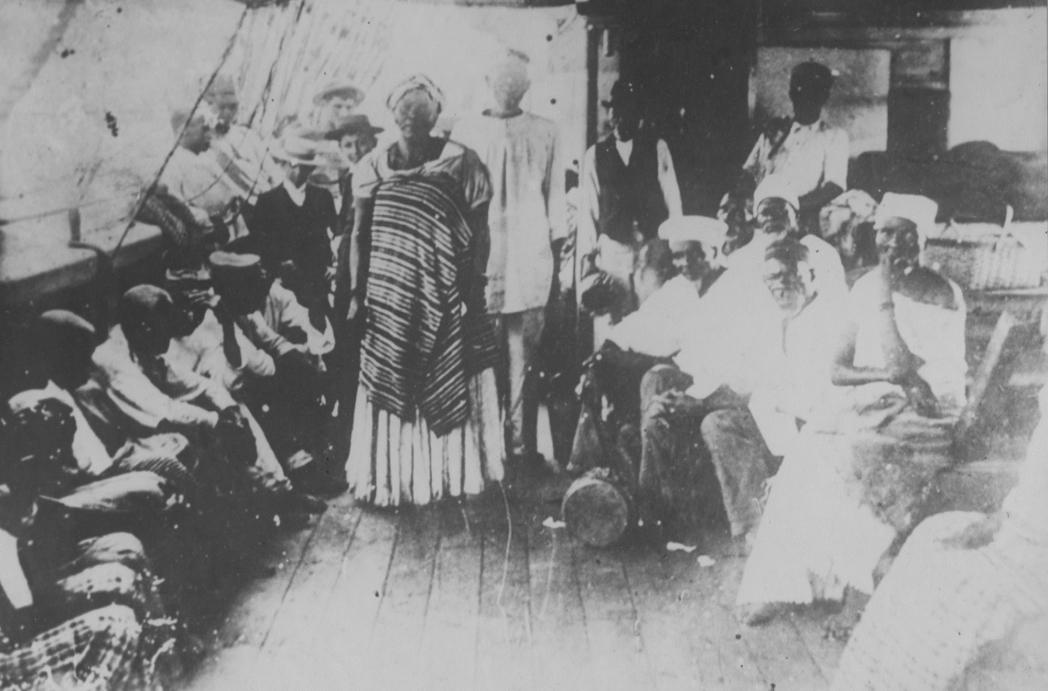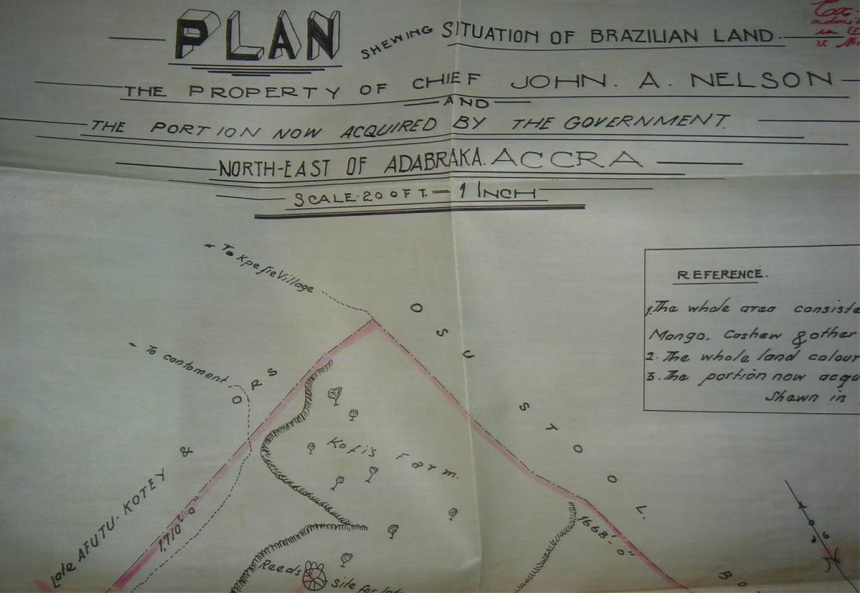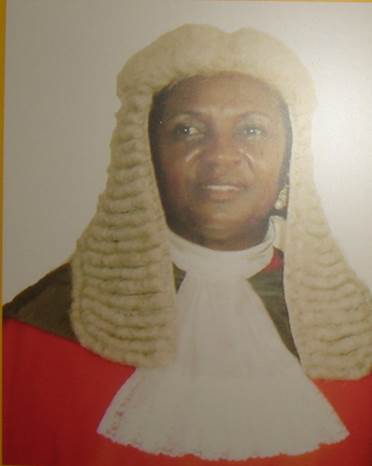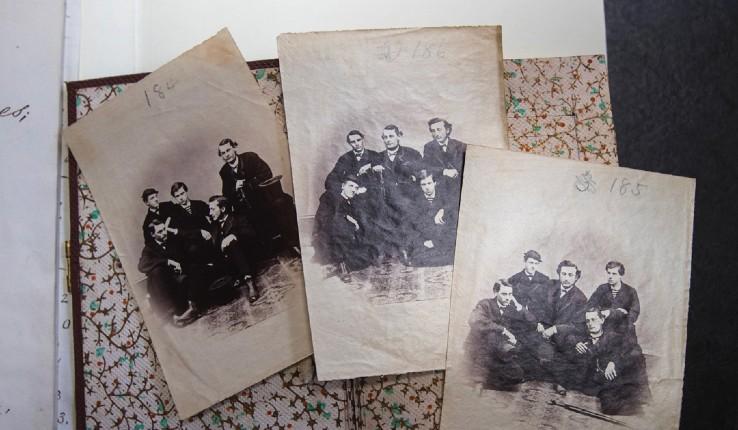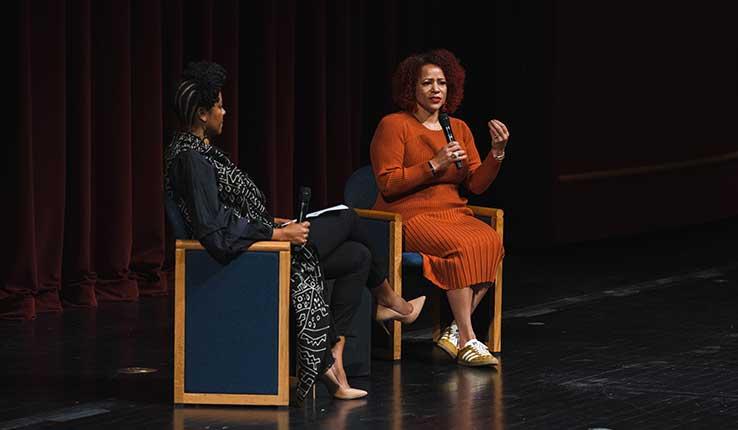'Unmatched Fortitude'
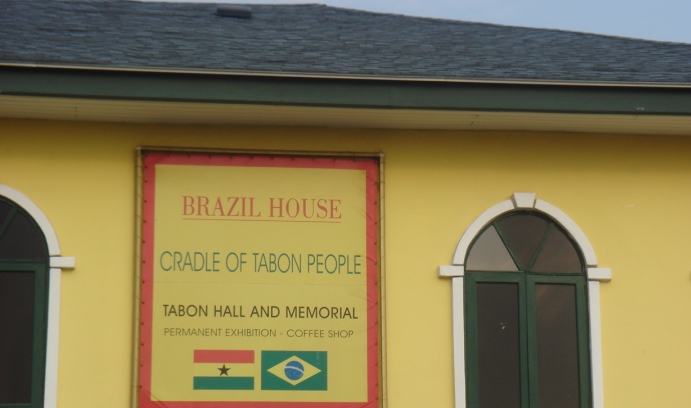
The Brazil House in Accra is believed to be the first house built (in 1835) by freed slaves who returned to Ghana from Brazil. The house was opened as a tourist landmark in 2007. (Photo courtesy of Kwame Essien)
When Kwame Essien looks at a map of the Atlantic Ocean, his eyes are drawn to a point near the equator where the vast ocean begins to narrow like an hourglass and the continents of Africa and South America make their closest approach.
Only 1,600 miles, Essien notes, separates the edge of West Africa from Brazil. On close inspection, the easternmost knob of Brazil appears like it might once have fit into the Gulf of Guinea, beneath modern-day Nigeria and Ghana.
From the 16th century through much of the 19th, says Essien, countless ships crossed the Atlantic carrying people who had been captured in West Africa to the New World, there to plant and harvest crops or to toil in mines. During this time, 10 to 15 million Africans were enslaved in the Western Hemisphere, nearly 5 million of them in Brazil.
In the 1800s, a relative handful of people, descendants of African slaves, embarked on a reverse migration of their own volition. Uprooting themselves from Brazil, the only home they knew, they journeyed back to Africa to seek the homes of their ancestors.
Essien, an assistant professor of history and Africana studies, tells the story of these pilgrims and their descendants in his latest book, Brazilian-African Diaspora in Ghana: The Tabom, Slavery, Dissonance of Memory, Identity and Locating Home, which will be published this year by Michigan State University Press. Essien is the coauthor of Culture and Customs of Sudan (2009) and coeditor of Pan-Africanism and the Politics of African Citizenship and Identity (2013).
Brazilian-African Diaspora in Ghana, says Essien, examines “the complexities of reverse migrations and imagining a distant ancestry over the Atlantic waters, as well as the challenge of reclaiming a ‘lost’ heritage.” The book also explores what Essien calls the “unmatched fortitude” of the modern-day descendants of the early migrants, now living in Ghana, as they attempt to locate the homes in Brazil where their ancestors lived.
Other books have been written about the migration of former slaves from the New World back to Africa, says Essien, a native of Ghana, but his is the first academic book to look at migrants who went from Brazil to Ghana. That migration, he says, took place in three waves. The first came in the 1820s, after some slaves had gained their freedom. The second followed the Malê Slave Revolt of 1835, when Muslim leaders of the uprising were forcibly repatriated by the Brazilian government. The third wave took place after slavery was outlawed in Brazil in 1888.
Most of the Africans returning to Africa were transported by abolitionists, the British navy or both. Britain had taken the lead in ending the slave trade, says Essien, but sought to replace slavery with colonial rule in Africa, in part to keep wars between European countries from occurring on European soil and in part to acquire natural resources and control the development of Africa.
The former Brazilian slaves who returned to Africa became known as Tabom, a word derived from the Portuguese “Tudo bem,” meaning “Everything’s good,” which was often said in response to the greeting “Como está?” (“How are you?”).
Brazilian-African Diaspora in Ghana is the product of 10 years of research. Essien traveled to Ghana, Nigeria, Brazil, Italy and England to interview descendants of the Tabom and to search through government and private archival documents and family records.
The book traces the lives of four Brazilian-Ghanaian family leaders. João Antonio Nelson, who arrived in Ghana around the 1830s with his parents when he was 3, became the second Brazilian Chief (leader of the Brazilian diaspora) in Accra, Ghana’s capital. Ferku, a freed Brazilian slave, settled in Lagos, Nigeria, moved to Accra, and then crisscrossed the Atlantic before dying in Lagos in the 1930s, leaving behind an estranged wife and an unsettled land dispute. Georgina T. Woode, the current Chief Justice of Ghana’s Supreme Court, made a pilgrimage to her ancestors’ home in Brazil in 2011. George Aruna Nelson, grandson of João Antonio Nelson, died in 2009 at the age of 93.
“The story of the Brazilian-African diaspora in Ghana is so complex,” says Essien, “that I simplified it by writing only about the families for whom I could find court records and other documents.”
In Ghana, the Tabom met with fortune and oppression alike. They were welcomed by local chiefs who gave them free land for settlements. Arguments over land ownership became common within and between Tabom families and between Tabom and migrants from other parts of Ghana. Meanwhile, some property owners lost their land to crooked British colonial officials but gained it back after going to court. One of these was João Antonio Nelson, who was jailed for protesting British land ordinances.
“The Tabom understood where they were and they were determined not to allow anyone to kick them around again,” says Essien, who searched government archives to corroborate stories. “For many, this was the first land they had owned in their lifetime. They said no to the seizure of their land, challenged other laws as well, and got much of their property back.”
Even in Africa, the Tabom lived in fear of being recaptured and sold back into European slavery, says Essien. But some Tabom were enslaved by fellow Africans, while others even became slave owners themselves.
“Many freed slaves left Brazil and the subjugation and oppression of slavery only to travel to Ghana and own slaves there,” he says. “One local chief told me that as a child in the 1950s he could remember slaves serving in his home in Accra. This is not the only story of its kind that I encountered.”
Despite their varied life experiences, says Essien, the Tabom shared a common dream—to find a home in a land they’d never seen, even if that home might no longer exist.
“The Tabom had a desire to return to a place they’d never known. This place existed only in their imaginations; it was based on memories or on stories that had been passed on to them by their parents or other family members. That’s why I use the term ‘locating home’ in my title.
“These migrants never saw themselves as Brazilians but instead as African slaves in Brazil. Some of them knew exactly where in Africa their ancestors had come from. Others were searching for a place they believed was the home they had come from. All of them were yearning to be home, to connect to a culture that they thought they were part of.”
In his book, Essien includes photos he obtained from government and family records. One shows people old and young, male and female, huddled in the cargo hold of a ship returning to Africa. One or two men are dressed in Islamic clerical garb. The people are members of the Yoruba ethnic group from Nigeria who led the 1835 slave revolt. Another photo shows the Brazilian Olosun Mosque built by freed slaves in 1856 in Lagos. A third shows the Cuban Lodge, erected by freed Cuban slaves half a mile away.
Next comes a photo of the “Brazil House” in Accra, formerly the “Warri House,” believed to be the first house built (in 1835) by Brazilian returnees. After being restored with funding from UNESCO and the Brazilian government, the house was opened as a tourist landmark in 2007.
Most notable is a black-and-white photo on the title page of a 19th-century sailing ship. The boat is moving across the water, Essien says, offering symbolic promise to the African slaves in Brazil.
“The migrants put their trust in whoever was steering the ship to take them to the place that might be their home. The ship was the point connecting the known and the unknown. Not everyone knew where they were going, but everyone knew they had to go on, they had to leave Brazil. If they got on the ship, they might find their home.
“There were no guarantees they would find their home. Even after they made it to Africa, there was no guarantee that being there would ensure their freedom. So the boat represented a risk that people took, because there was no guarantee of freedom at all in Brazil.”
Posted on:


